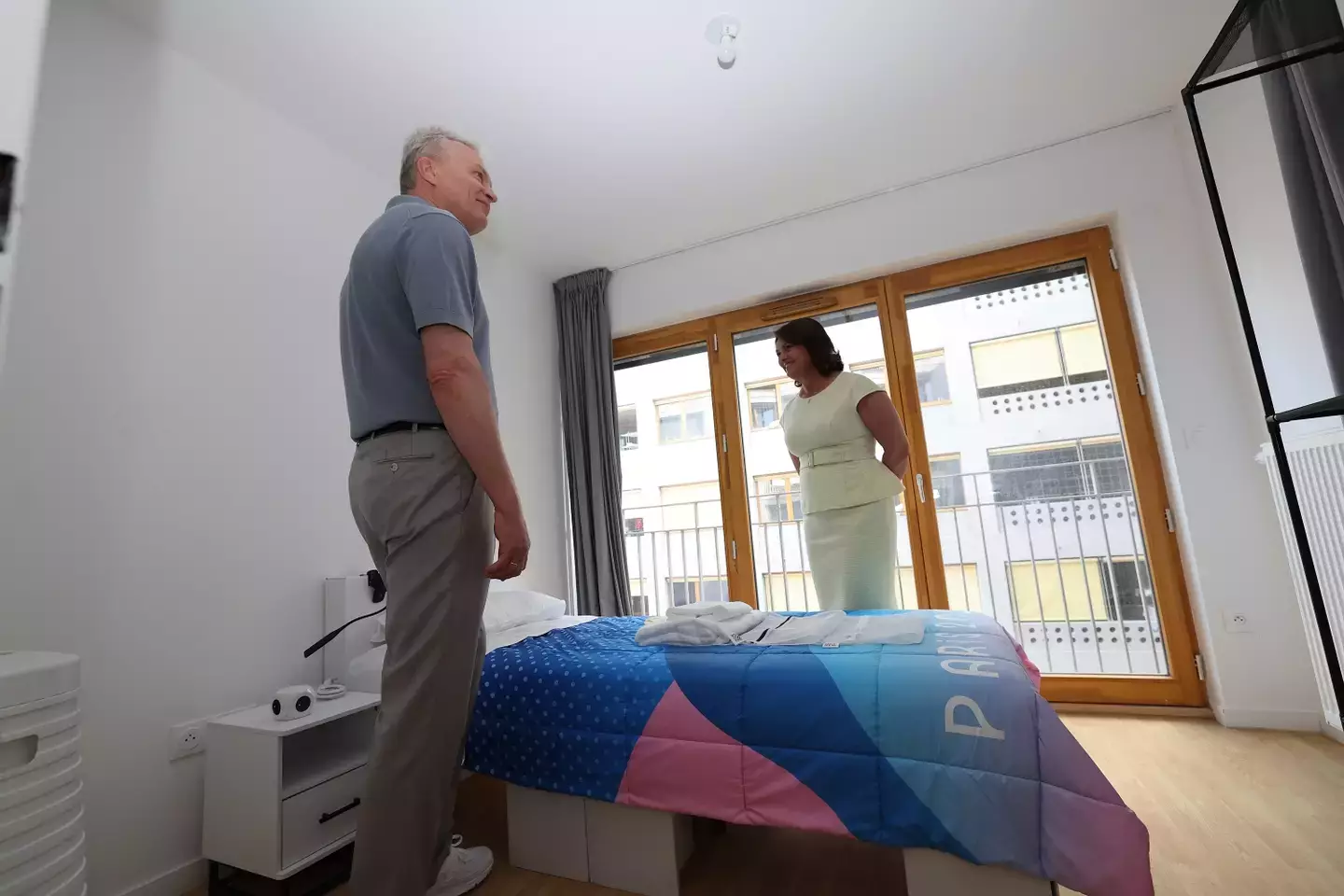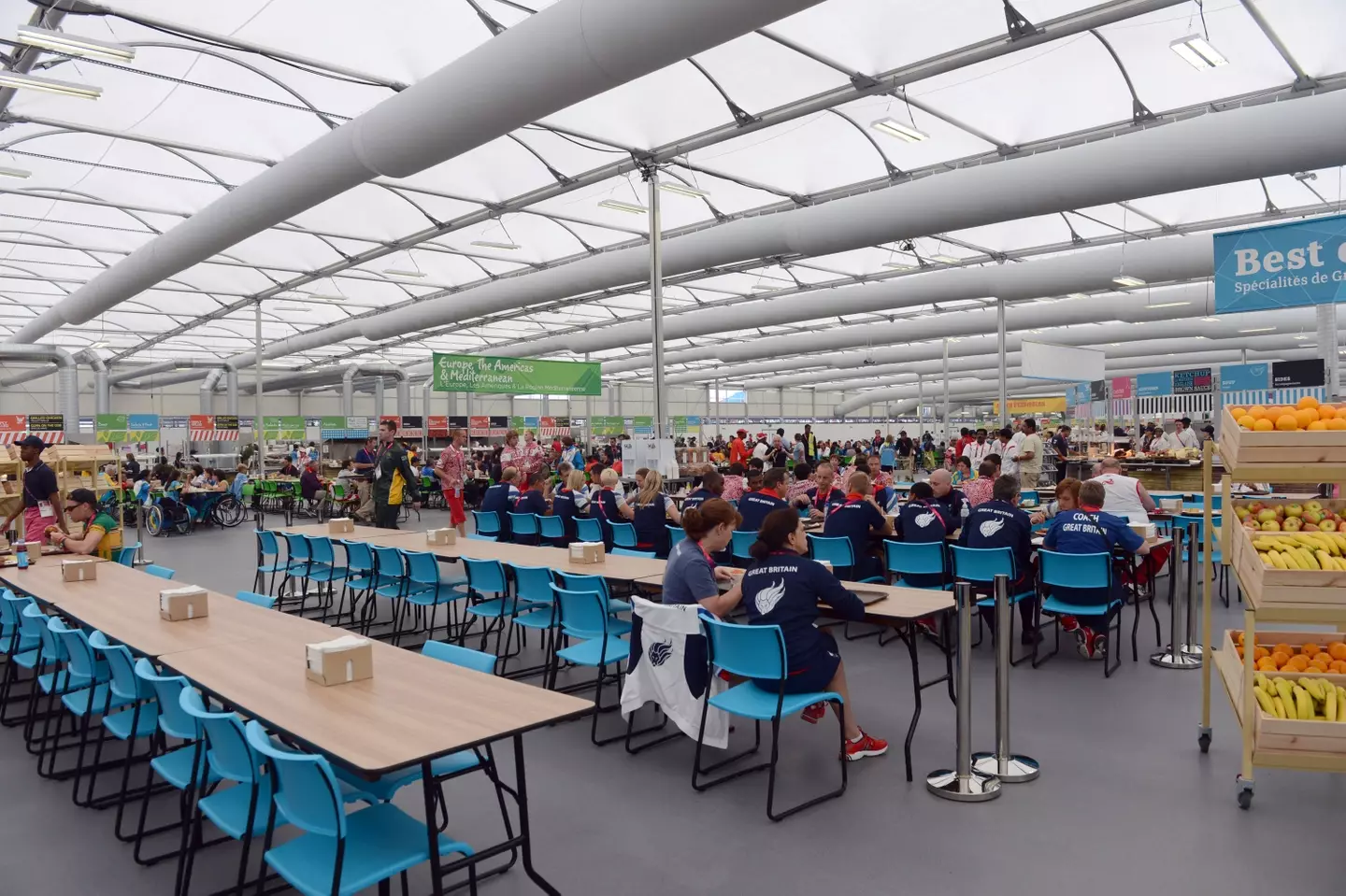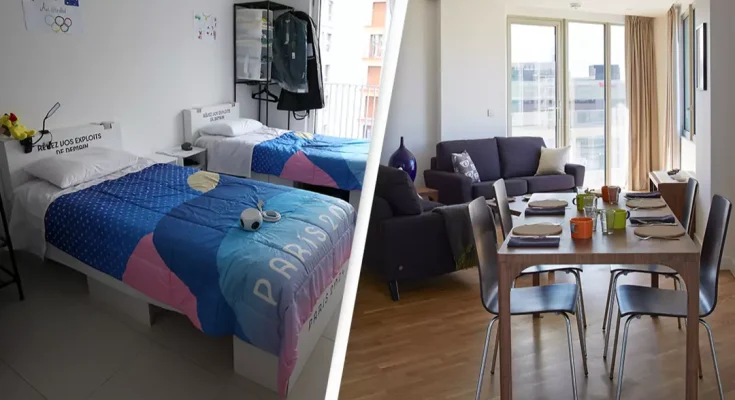Amid controversy over the living conditions at Paris 2024, let’s take a look at the Olympic villages over the years
It’s not just the Olympic games themselves that have been the talk of the town lately, but the villages where the athletes hang out between competing have raised more than a few eyebrows.
But how do this years’ dwellings compare to those of the past?
Now, the Paris 2024 Olympics has been a lot of fun if you ask me. Loads of nail-biting moments and cinema-worthy finishes, but outside the arena not everyone has been happy.
And I don’t mean the fans and spectators, I mean literally outside of the arenas, in the Olympic village living quarters, the athletes have been less than impressed with what is on offer.
You would think these world-class athletes would essentially be staying in the best accommodation known to man. A good night’s rest equals a personal best after all, that is the saying, right?
Well, one Australian athlete Ariarne Titmus even claimed that conditions of the Paris Olympic village was the reason she didn’t break her own record, while winning gold in the 400m freestyle race.
Ouch.

Living arrangements at Olympic Village have had mixed responses. (Cao Can – Pool / Getty Images)
The three villages at the current Paris Games are spread across the northern suburbs of Saint-Denis, Saint Ouen and L’Île-Saint-Denis.
More attention has been paid to the villages being sustainable at this year’s olympics and as a result, run down former industrial buildings have been used for amenities and accommodation.
The beds have also been constructed using recycled cardboard, with expectations they can be used again after the games conclude. The rooms appear particularly minimalist as well as the offerings of meat and eggs being served, in the committees attempt to cut their carbon footprint in half and be the greenest games yet.
But how does this year’s village compare to some of the previous villages over the years?
Let’s take a look…
2016: Rio Olympic Village
Back in 2016, Brazil was able to construct the largest Olympic Village in the history of the games. It had the capacity of nearly 18,000 people and a total of 3,604 apartments.
Each apartment came with three to four bedrooms, a hall, a balcony as well as laundry services. The main street of the village had multiple restaurants, shops, cafes, while also having a transport terminal.
Sounds good right?
Well not quite. Some officials deemed the athletes village unlivable and unsafe.
Just two weeks before the games began there were reports of major plumbing and electrical hazards, blocked toilets, leaking pipes, exposed wiring. So, things could certainly be worse for the athletes this year sleeping on cardboard beds and having to eat more vegan options.

Athletes hanging out in one of the relaxing rooms in the Olympic village.(Pascal Le Segretain/Getty Images)
2012: London Olympic Village
The London Olympics aimed to be the most sustainable Olympics ever and was pretty well received from athletes.
Architects created a temporary partitioning to create a ‘hotel’ style apartment feel for 3,300 apartments for an estimated 17,000 athletes. Each apartment had access to a TV, internet and private courtyard.
Temporary buildings were also erected, there was a food hall, which was open 24 hours, as well as an entertainment hall. Sounds like the French could take a leaf out of the Brit’s book on how to accommodate, eh?

The London Olympic village reportedly had a 24 hour food hall, now that is living.(Anthony Devlin – WPA Pool/Getty Images)
1992: Barcelona Olympic Village
Now this is where I would like to be staying if i was competing for gold.
A new suburb was built for the Olympic Village and it had its own private beach. Yup, their own private beach just sounds like music to the ears.
A neighborhood was built around the Olympic village which spurred redevelopment meaning there were parks, open spaces and art installations.
1984: Los Angeles Olympic Village
The committee behind the Los Angeles Olympics hoped to cut the costs of the village so the accommodation was spread across various buildings on the USC, UCLA, and UCSB university campuses.
But it still had many perks, including discos, video games and coffee houses. Although no alcohol was on offer so the drunken victory celebrations likely had to either be covert or postponed.
1972: Munich Olympic Village
Back in 1972, the Munich Olympic village was praised for its avant-garde and futuristic architecture.
The village was made up of a concrete, high-rise block, housing 801 spacious apartments and was split into male and female sections of the neighborhood.
The village’s streets were on a level separated from traffic making for a rather eco-friendly idea back then.
However the reception of the Olympic village has rarely been a focus on this Olympics due to the terrorist attack that took place.
Let’s hope the next Olympics can learn from everything people have complained about in Paris.



